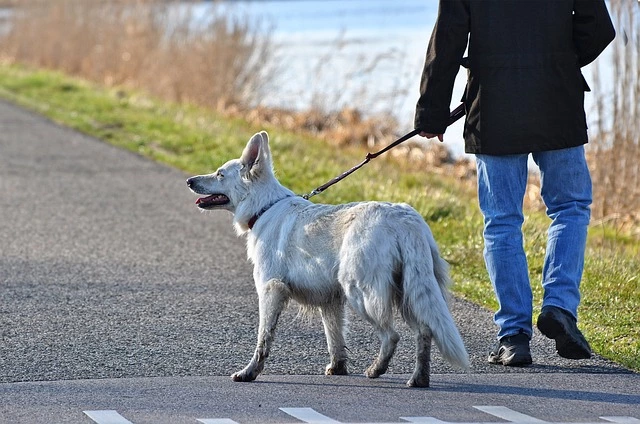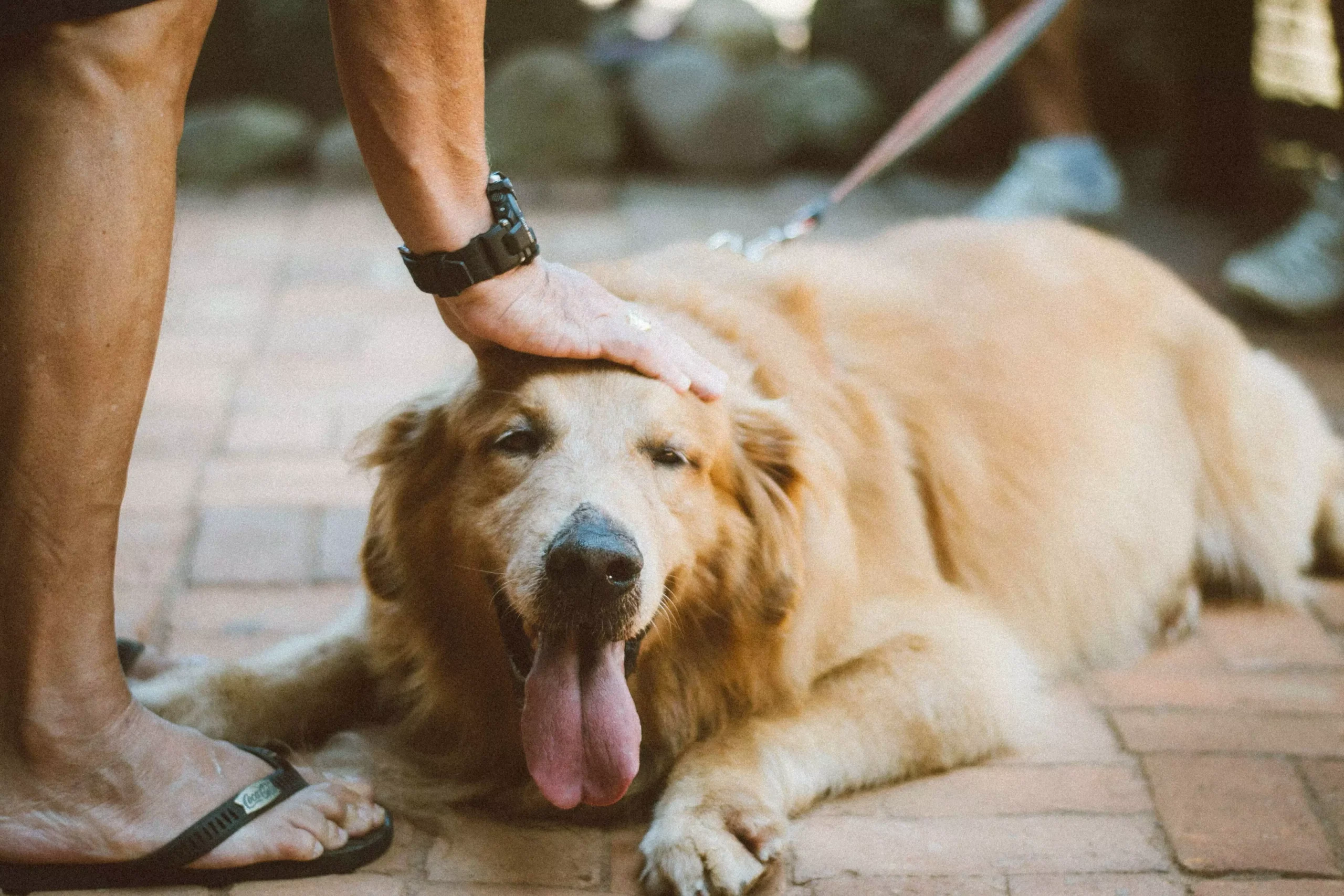Heelwork is an essential skill that every dog owner should strive to master. Teaching your dog to walk calmly by your side not only improves their behavior but also strengthens the bond between you. In this article, we will explore the essential techniques for mastering heelwork and provide answers to frequently asked questions about this training method.
Understanding Heelwork:
Heelwork is a training technique where a dog learns to walk politely next to their owner without pulling on the leash or getting distracted. It involves teaching your dog to maintain a specific position relative to your body while walking.
Benefits of Teaching Heelwork to Your Dog:
Teaching your dog to walk on a loose leash and stay by your side has numerous benefits. It allows you to have better control over your dog’s movements, making walks safer and more enjoyable. Heelwork also reinforces your position as the pack leader and helps your dog become more focused and obedient.
Common Challenges in Heelwork Training:
Heelwork training can be challenging, especially in the beginning. Common challenges include leash pulling, distractions, and lack of focus. However, with patience and consistent training, these challenges can be overcome.
Essential Techniques for Mastering Heelwork:
1. Building Focus and Engagement:
Establishing eye contact with your dog is crucial for building focus and engagement. Reward your dog whenever they make eye contact with you, as this reinforces their attention.
Utilizing positive reinforcement is another effective technique. Reward your dog with treats, praise, or toys for walking nicely by your side. This encourages them to repeat the desired behavior.
Incorporating interactive toys, such as a flirt pole or a favorite ball, can help keep your dog engaged during walks. Using these toys as rewards for good behavior also adds an element of fun to the training process.
2. Loose Leash Walking:
Proper leash handling is essential for successful heelwork. Hold the leash with a relaxed grip and avoid pulling or jerking it. A loose leash should be your goal, as it allows your dog to walk comfortably by your side.
Encouraging loose leash behavior involves stopping and changing direction whenever your dog starts pulling. This teaches them that pulling on the leash doesn’t get them where they want to go.
Correcting leash pulling is necessary to reinforce the desired behavior. Use gentle leash corrections by applying slight pressure to the leash and releasing it when your dog responds by walking calmly.
3. Positioning Your Dog:
Teaching your dog the heel position is crucial for successful heelwork. Start by holding a treat at your side to encourage your dog to walk alongside you. Gradually fade the treat and reward your dog for maintaining the correct position.
Maintain consistency in positioning by using verbal cues, such as “heel” or “side,” to reinforce the desired behavior. Consistency helps your dog understand what is expected of them and makes the training process more effective.
Reinforcing Heelwork:
Clicker training is a useful technique for reinforcing heelwork. Use a clicker to mark the desired behavior and follow it with a reward. This helps your dog understand that walking calmly by your side is the behavior you want.
Rewarding your dog with treats and praise is another effective way to reinforce heelwork. Be generous with rewards, especially in the early stages of training, to motivate your dog and make the experience positive.
Frequently Asked Questions:
Q1: How long does it take to master heelwork?
The time it takes to master heelwork varies depending on the dog and the consistency of training. Some dogs may learn quickly, while others may take longer. Consistency and patience are key.
Q2: Can any dog learn heelwork?
Yes, any dog can learn heelwork with proper training. However, some breeds may find it easier due to their natural instincts and temperament.
Q3: Should I use a specific type of leash for heelwork training?
Using a standard leash is sufficient for heelwork training. However, some owners prefer using a shorter leash to give them more control over their dog’s movements.
Q4: How can I stop my dog from getting distracted during heelwork?
Ensure that your dog is adequately exercised and mentally stimulated before starting heelwork training. Gradually introduce distractions and reward your dog for maintaining focus.
Q5: Is it possible to teach an older dog heelwork?
Yes, it is possible to teach an older dog heelwork. While it may take more time and patience, consistent training can help older dogs learn new behaviors.
Conclusion:
Mastering heelwork is a rewarding journey that requires patience, consistency, and positive reinforcement. By understanding the essential techniques and addressing common challenges, you can successfully train your dog to walk calmly by your side. Remember to always tailor the training to your dog’s individual needs and personality. Keep practicing, and soon you’ll be enjoying peaceful and harmonious walks with your four-legged companion.









